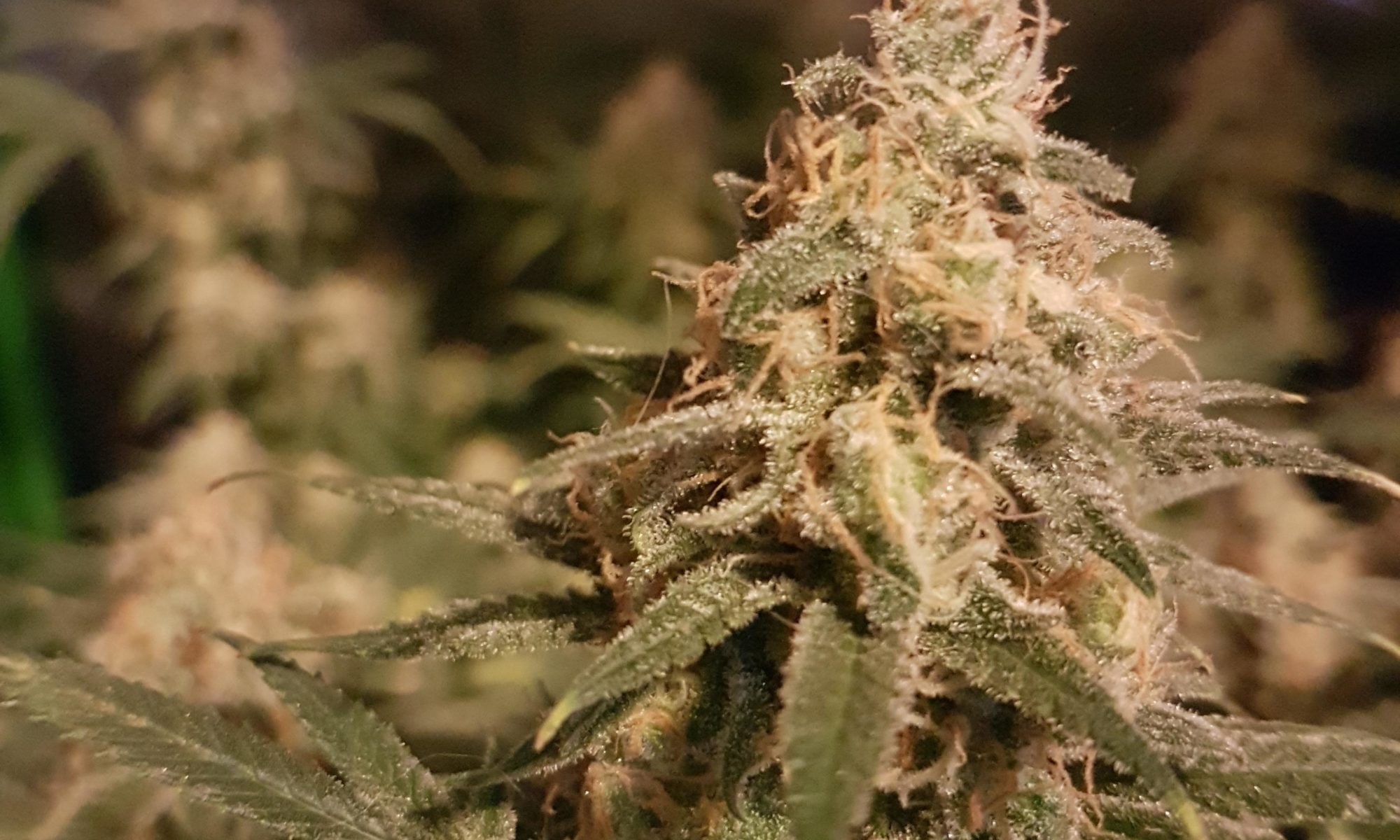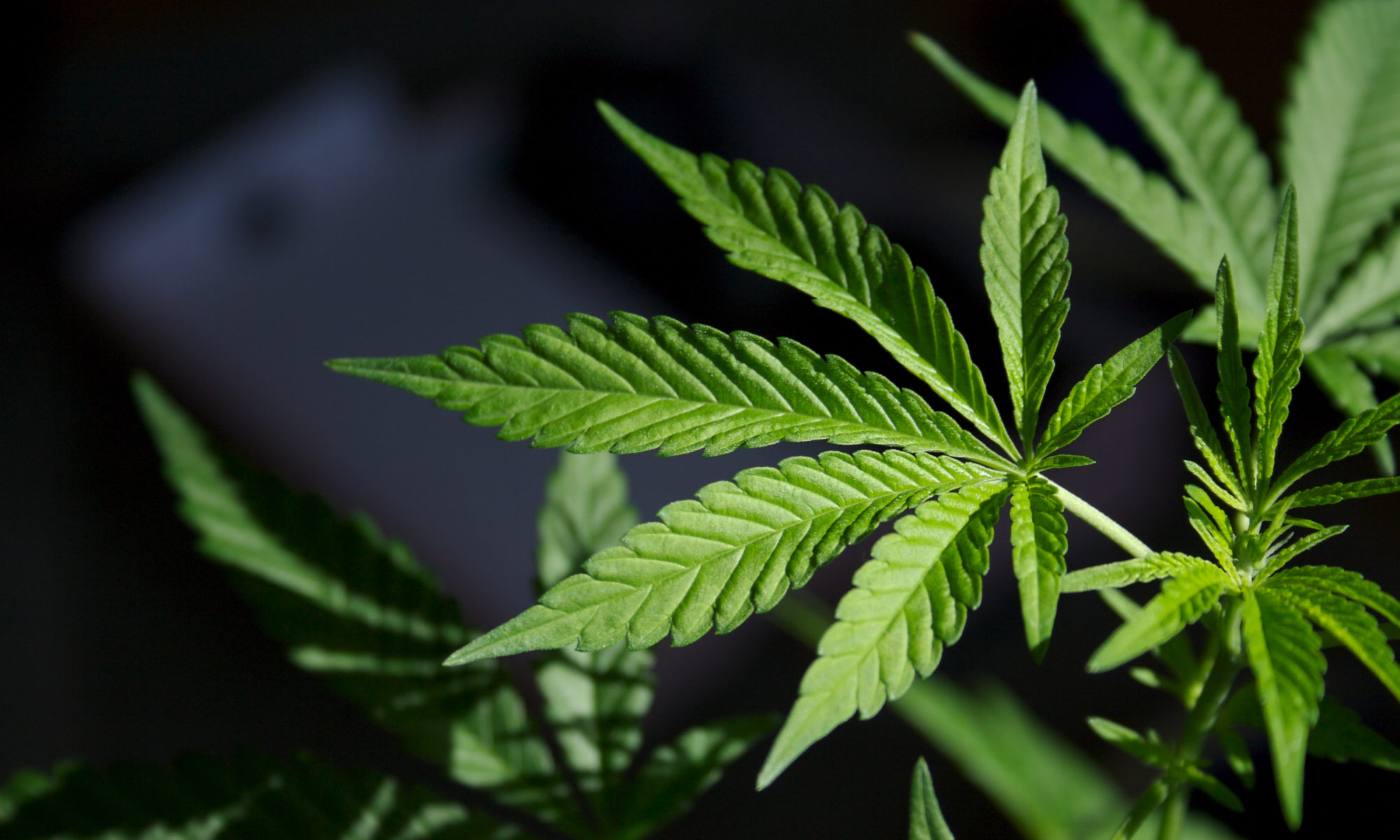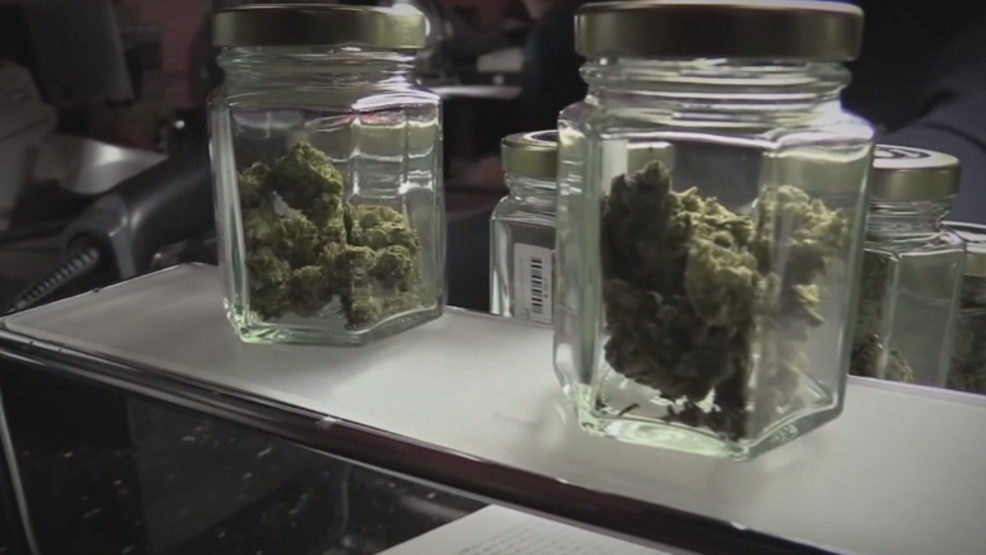The process of making recreational and medical marijuana commonplace for the public can stretch over several years. To the surprise of most, it has moved at a considerably speedy pace in the state of Oklahoma, where voters have responded exceptionally well.
57 percent of voters voted in favor of marijuana’s statewide rollout in June and played their part in enacting the US’s most flexible marijuana laws, in a state that has a history of strict legislation. These efforts have paid dividends, with the cannabis industry experiencing a cataclysmic upheaval of popularity and profits in the past few months.
After the state of Oklahoma started liberally issuing medical marijuana licenses to harvesters, medical dispensaries, and patients, entrepreneurs have started to benefit heavily by planting seeds of their own commercial operations. In just four months of legalization, many retail outlets have emerged.
The situation in other states, like North Dakota, Arkansas, and Ohio, is starkly different, where medical cannabis has yet to see the light of day in commercial settings, despite its legalization in 2016. Legislative complications and legal intricacies have stopped progress in its tracks.
Sarah Lee Gossett, an attorney whose firm represents many cannabis businesses likened the state of Oklahoma to the wild, wild West.
“Oklahoma is an independent constituency. We are a red state, but we don’t like to be limited by a lot of government restrictions.” She said.
Her words ring true, as authorities in Oklahoma haven’t stipulated distinct medical conditions in the eligibility criteria to get a medical marijuana license. Consequently, a deluge of applications has been received.
22,000 applications have been awarded the seal of acceptance since August and thousands are on their way. The total number of licensed dispensaries has now risen to 785. Some towns in Oklahoma alone have at least half a dozen certified dispensaries. Stillwater and Norman, states prided for their mammoth population of college students, have 45 combined.
1200 certified commercial harvesters, including sage farms, are now spinning their wheels. Ben Neal, an owner who has a longstanding history of using cutting-edge equipment and techniques to produce vegetables like tomato and peppers in his 6 greenhouse farms in Tulsa has shifted his attention to growing marijuana. He has employed three new experienced personnel and grown 200 pounds of different strains, due to be sold off in the imminent future.
Neil stated that buyers have offered him a staggering sum of 2,800$ per pound of the harvest. He’s stunned at how fast Oklahoma has pounced on the cannabis bandwagon.
“9 months ago, I was of the opinion that Oklahoma was the last state that would consider legalizing cannabis, but then things took a surprising turn for the better.” He said.
East of Oklahoma City, the community of Shawnee, business has established a solid footing at the Oklahoma roots dispensary. Chance glibert’s metal fabrication shop has now been transformed into a marijuana harvesting, processing and selling facility.
“It’s revolutionary how pacey the cannabis progress is.” He said, as he aims to produce 50 pounds of marijuana monthly when his operations are in full flow. “We thought this was most likely an Arkansas thing and would take years to succeed in Oklahoma.”
The primal force behind Oklahoma’s incredibly fast cannabis-industry growth was a comprehensive and meticulously detailed ballot question that specifically mentioned quick deadlines and required regulators to grant licenses to people who fit the criteria of eligibility.
Many political elements also played a pivotal role. Firstly, it was Gov. Mary Fallin who astutely placed the ballot question in June, instead of November, at the time of the general election, where it passed with flying colors despite resistance from doctors and law enforcement. This enormously helped in allowing more time for the program to grow before February when the legislature was scheduled to return.
When the Oklahoma state board of health decided to impose strict regulations, including the prohibition of smoke-able marijuana and positioning of pharmacists at every dispensary, the public responded with seething anger. The pro-marijuana movement was on the move and Oklahoma’s state attorney general said that the board was being unrealistically unfair.
The man who played a fundamental role in writing and driving State Question 788 said,
“I believe every resident of Oklahoma has the right to feel indignant at the overturning of a political decision the people themselves made.”
The noise of public denouncement has reached the stiff ears of Oklahoma’s conservative legislature. GOP leaders, although still set on imposing some regulations for packaging and other production measures to protect pot from landing into the black market, are in no hurry to change wholesale requirements.
“I don’t see the point of going against the decisions of the people and depriving them of medical marijuana.” State Sen. Greg McCartney, a member of the medical pot task force, remarked.
Oklahoma’s newly appointed Medical Marijuana Authority has already increased its fortunes by $7.5 million, courtesy of registration fees received from dispensaries, growers, and patients. The revenue from the new 7 percent sales tax started to make its way into the state’s treasury last month.
A change of opinion has been observed in the members of law enforcement, who were stark opponents of the cannabis trade. They now believe that the public’s perception of marijuana has taken a turn for the better.
Chris Elliot, Wagoner County Sheriff said, “Many people, at the privacy of their own homes, like to stroll to their front porch and enjoy a puff of pot. You can’t characterize these people as junkies. They are honest hardworking tax-payers. And they have had to live in fear for all those years because of me, the law enforcement.”





